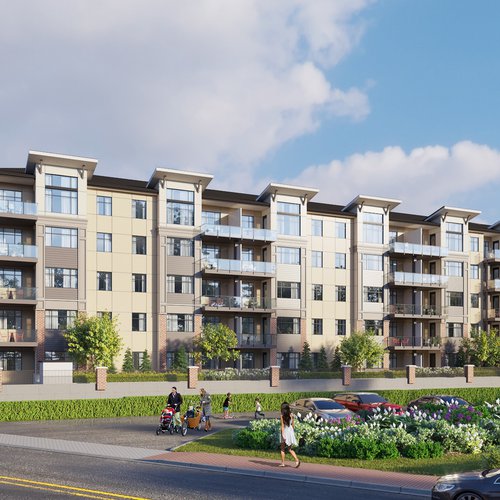Feb. 1, 2024
tags : categories: Marketing , Real Estate , 3D Rendering , Interior Rendering , Property Development , Architects
The concept of tiny homes has grown in popularity, evolving from a niche interest to a mainstream architectural and lifestyle trend. These compact living spaces, characterized by their small footprint and innovative use of space, have captured the imagination of people worldwide, seeking simplicity, sustainability, and affordability in their living arrangements. Central to the development and popularization of tiny homes has been the advancement of 3D rendering technology, which has revolutionized the way these small-scale projects are conceived, designed, and executed.
Tiny Homes: A Growing Phenomenon
Tiny homes, typically ranging from 100 to 400 square feet, have emerged as a response to the growing demand for more sustainable, affordable, and minimalist living. They offer an alternative to traditional housing, challenging conventional norms about size, design, and functionality. The tiny home movement is not just about downsizing physical space; it's about rethinking and redesigning living spaces to maximize efficiency and minimize environmental impact.
The Role of 3D Rendering in Tiny Home Design
The design and planning of tiny homes present unique challenges due to their limited space. This is where 3D rendering technology has become a game-changer. It enables architects and designers to create detailed, accurate, and realistic visualizations of tiny homes, allowing for thorough planning and exploration of design possibilities before any actual construction begins.
Visualizing Small Spaces
One of the biggest challenges in tiny home design is ensuring that the limited space is utilized to its fullest potential. 3D rendering allows designers to visualize and experiment with different spatial arrangements, ensuring that every inch of the home is efficiently used. This includes the strategic placement of furniture, fixtures, and storage solutions, as well as the integration of multifunctional and foldable elements.
Customization and Personalization
Tiny homes are often deeply personal projects, reflecting the individual needs and preferences of their owners. 3D rendering technologies enable a high level of customization, allowing potential homeowners to see and tweak how their choices—ranging from layout to interior finishes—will look in the final design. This capability ensures that the finished home aligns with the owner’s lifestyle and aesthetic preferences.
Enhancing Architectural and Interior Design
Despite their small size, tiny homes do not compromise on architectural beauty or interior design. Through 3D rendering, architects and interior designers can explore various design themes and styles, applying textures, colours, and lighting to create visually appealing and comfortable interiors. This process is crucial for tiny homes, where the design needs to be both functional and stylish.
Streamlining the Construction Process
3D rendering streamlines the construction process of tiny homes by allowing designers and builders to foresee and address potential issues in the design phase. This foresight reduces the likelihood of costly and time-consuming changes during construction, ensuring a smoother build process.
Experimenting with Sustainable Features
Sustainability is a key driver of the tiny home movement. 3D rendering assists in the design and integration of sustainable features such as solar panels, rainwater harvesting systems, and composting toilets. By visualizing these elements in the design, architects can ensure that the homes are not just small in size but also have a reduced environmental footprint.
Overcoming Design Challenges
The compact nature of tiny homes comes with a set of design challenges, such as creating ample storage or maintaining a sense of openness. 3D rendering provides designers with a platform to creatively tackle these challenges, finding innovative solutions that enhance the livability of these small spaces.
Facilitating Effective Client Communication
Effective communication is crucial in the design and construction of tiny homes. 3D renderings serve as an excellent communication tool, providing clients with a realistic view of the proposed design. This clarity helps in aligning expectations and facilitates a more collaborative and satisfying design process.
Predicting and Solving Design Issues
One of the significant advantages of 3D rendering is its ability to predict and solve design issues before construction. By identifying potential problems in the virtual model, designers can make necessary adjustments early, saving time and resources during the building phase.
The Future of Tiny Home Development
As the tiny home movement continues to grow, 3D rendering will play an increasingly important role in its evolution. The technology is constantly advancing, offering more sophisticated and realistic visualizations. This progression will open up new possibilities for tiny home design, making it more accessible and appealing to a wider audience.
Conclusion
The integration of 3D rendering in tiny home development has been instrumental in the growth of the tiny home movement. Through 3D rendering technology, architects and designers can create more efficient, personalized, and sustainable living spaces. By taking advantage of this technology, tiny homes can continue to evolve and provide an alternative to conventional housing.










